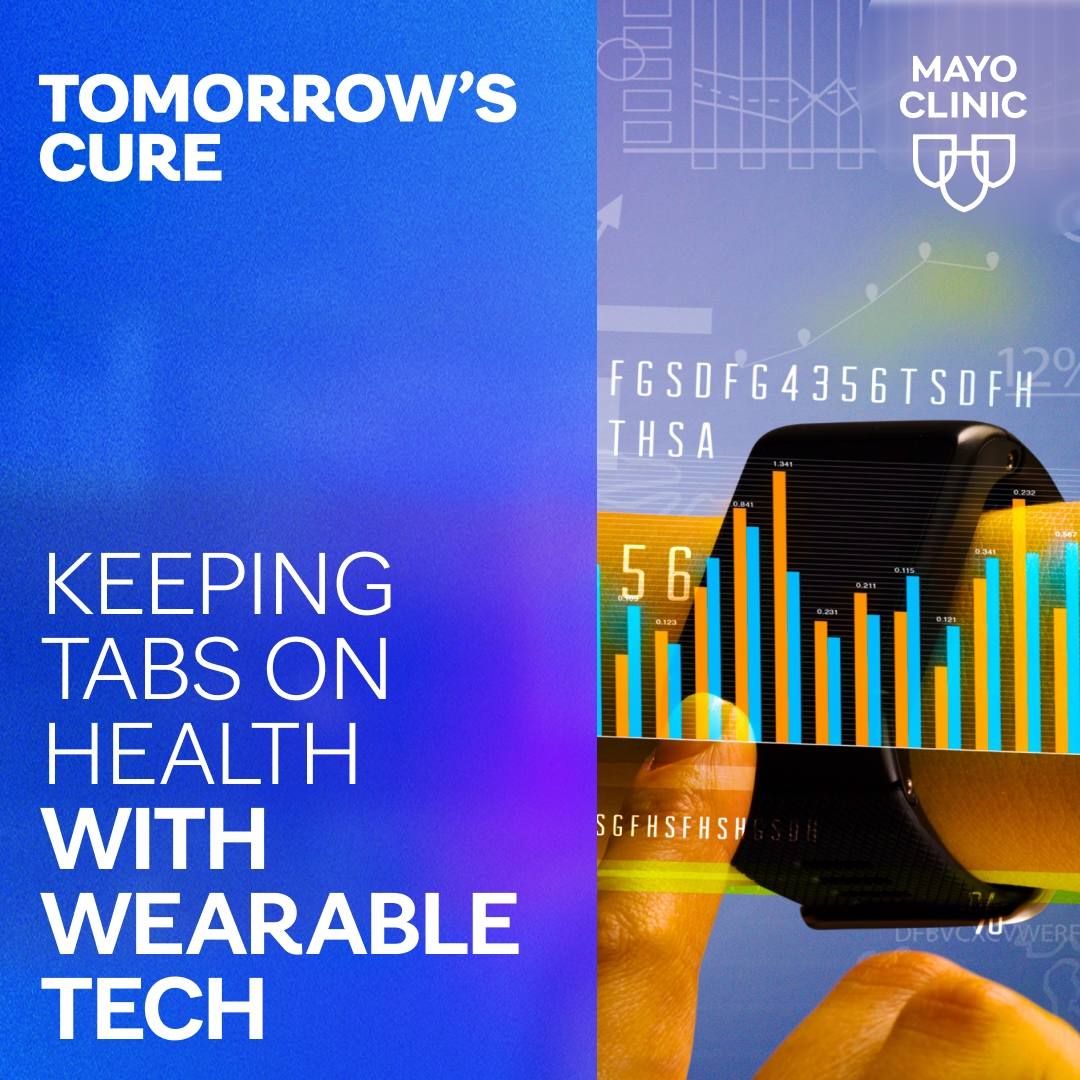-
Mayo Clinic Minute: Helping older adults manage chronic pain
Chronic pain is pain that isn't due to a temporary cause and typically lasts longer than three months. Chronic pain can be constant or can come and go. You might have some painful days during the week and some pain-free, or you might have pain at certain times of the day and not others.
There are many different types of pain. Two of the most common are musculoskeletal and neuropathic pain. Musculoskeletal pain originates from the muscles, bones or joints. Osteoarthritis is the most common form. Neuropathic pain originates from the body's nervous system. An example is diabetic neuropathy, or nerve damage. For older adults in particular, chronic pain is very common and often negatively affects quality of life.
Journalists: Broadcast-quality video pkg (0:59) is in the downloads at the end of the post. Please "Courtesy: Mayo Clinic News Network." Read the script.
Geriatricians like Dr. Brandon Verdoorn see a wide range of effects of chronic pain on older patients.
"Anything from sleep disturbance to low mood, social isolation, functional limitations — pain preventing folks from doing their daily activities," says Dr. Verdoorn.
Minor, short-lived pain can be managed at home with ice, heat or over-the-counter medication. If you have severe pain, persistent pain or pain that affects function, you should see your health care provider to determine the underlying cause and develop a pain management plan.
"So oftentimes that involves nonmedication strategies," says Dr. Verdoorn.
That might mean physical therapy, exercise, massage or acupuncture. Medication strategies often are used, too — typically starting with lower-risk approaches like acetaminophen and topical medications, and reserving higher-risk medications for more difficult cases. Interventional procedures also may help, depending on the cause.
"Talk to your health care provider. Work with them to figure out what is causing the pain and go through the process of trying different management strategies," says Dr. Verdoorn.







